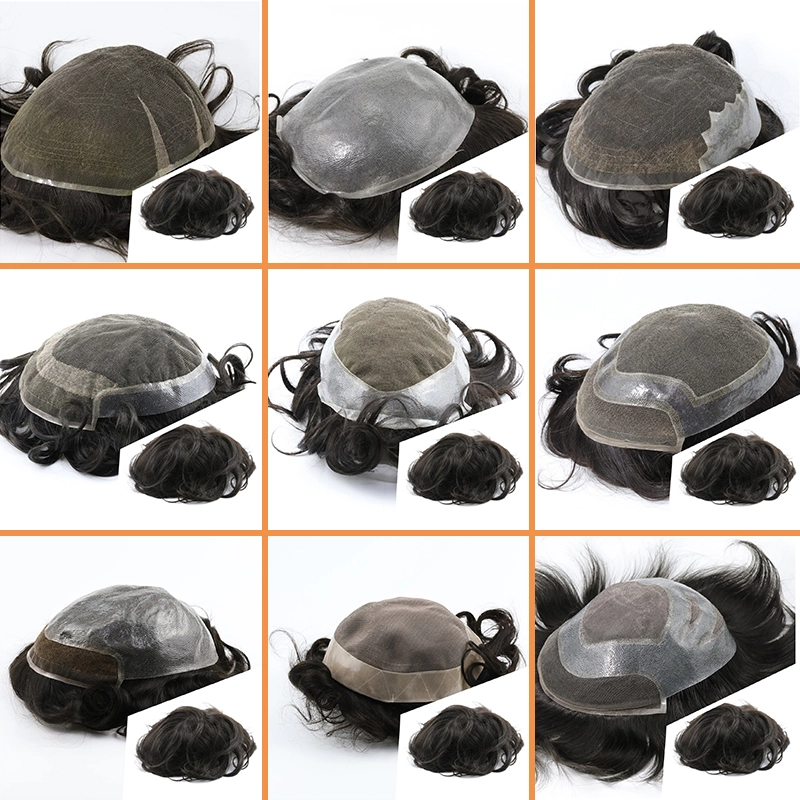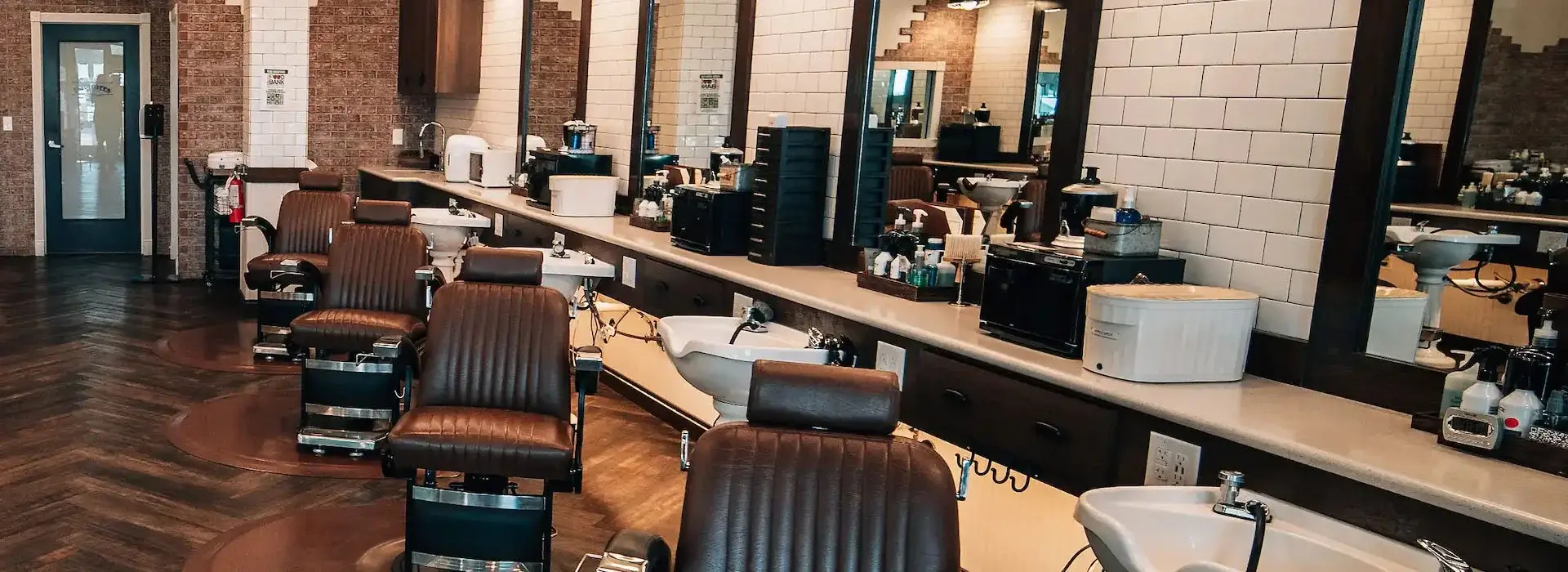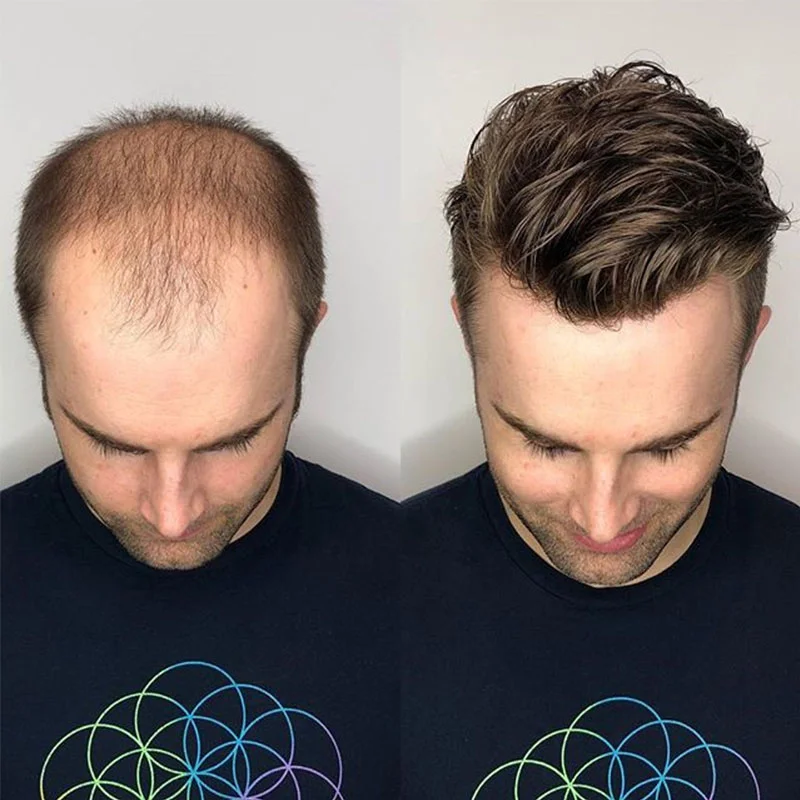Toupees have long been a go-to solution for individuals experiencing hair loss, providing a non-surgical option to restore one’s appearance and confidence. Modern toupees have come a long way in terms of quality, realism, and comfort, offering a wide variety of choices for those looking to replace lost hair. However, the price of a toupee can vary dramatically depending on several factors, including the type of toupee, the materials used, the level of customization, and the base material. For anyone considering a toupee, it’s essential to understand what goes into the cost and how to choose the best option for their needs and budget.
In this article, we will explore the cost of toupees from various perspectives, breaking down the different types, base materials, customization options, and maintenance requirements. We will also discuss how these factors affect the overall price, giving you a detailed understanding of how much you can expect to spend on a toupee.
One of the first decisions to make when purchasing a toupee is the type of hair used in the toupee. The type of hair – synthetic, human, or blended – plays a crucial role in determining the price of a toupee.
Synthetic hair toupees are made from artificial fibers designed to look like real human hair. These fibers can include materials like polyester, acrylic, or nylon. Synthetic toupees are generally the most affordable option, making them popular for individuals on a budget or those looking for a short-term solution.
Human hair toupees are made from real hair, which gives them a much more natural appearance and feel. These toupees can be styled just like your own hair, allowing for the use of heat tools and dyes. Human hair toupees tend to be more expensive due to the materials used and the labor involved in manufacturing them.
Blended hair toupees combine both human hair and synthetic fibers, offering a compromise between the natural appearance of human hair and the affordability of synthetic materials. These toupees typically use synthetic fibers for volume and human hair for more visible areas, such as the front and top of the head.

The base of a toupee refers to the material that rests on the scalp and holds the hair in place. The choice of base material can significantly impact the price, comfort, and appearance of the toupee. Different base materials offer varying levels of breathability, durability, and realism. Here, we’ll examine the most common base materials and how they affect the cost of a toupee.
Lace is one of the most popular materials used for toupee bases. It’s a breathable and lightweight fabric that provides a natural appearance, particularly along the hairline. Lace bases are often made from Swiss lace or French lace, with Swiss lace being more delicate and French lace offering greater durability.
Skin or polyurethane bases are made from a thin layer of polyurethane, a flexible material that closely mimics the appearance of the scalp. The hair is often implanted directly into the polyurethane, creating the illusion that the hair is growing directly from the scalp.
Silk base toupees are renowned for their realism. The silk material allows hair to be knotted beneath the base, giving the illusion that it is growing directly from the scalp. This type of base is often used in high-end toupees due to its natural look.
Monofilament bases are made from a fine, breathable mesh material. Hair is tied directly onto the monofilament, allowing for a more natural appearance. This base type is durable and ideal for individuals who plan to wear their toupee daily.
Some toupees use a combination of base materials to offer the best of both worlds. For example, a toupee might have a lace front for a natural hairline, a skin base for a realistic scalp appearance, and a monofilament crown for durability and styling flexibility.

Customization is another major factor that influences the cost of a toupee. The more personalized a toupee is to your scalp shape, hair color, texture, and density, the higher the price will be. There are three main levels of customization: off-the-shelf, semi-custom, and fully custom toupees.
Off-the-shelf toupees are pre-made and available in standard sizes, colors, and styles. These are typically mass-produced and designed to fit a wide range of customers with minimal customization.
Semi-custom toupees offer a middle ground between off-the-shelf and fully custom options. These toupees are partially pre-made but allow for some degree of customization, such as adjusting the hair density, base size, or color.
Fully custom toupees are tailored to your exact specifications, ensuring a perfect fit and natural appearance. These toupees are made to match your scalp size and shape, hair color, texture, and density. The hair can also be styled according to your preferences, ensuring a seamless blend with your natural hair.

While the initial cost of a toupee is significant, it’s important to consider the ongoing maintenance costs. Proper maintenance is essential to keep your toupee looking its best and to extend its lifespan. Maintenance costs can vary depending on the type of toupee, the base material, and how often it’s worn.
Toupees need to be cleaned regularly to maintain their appearance. Some individuals choose to clean their toupee at home, while others opt for professional cleaning and styling services.
Over time, toupees may require repairs due to wear and tear, such as hair falling out or the base material deteriorating. Some toupees can be repaired, while others may need to be replaced entirely.
Toupees are typically attached to the scalp using adhesives such as tape or glue. These adhesives need to be replaced regularly, particularly for toupees with lace or skin bases.

Hair systems, like those offered by Emeda Hair, can vary in longevity depending on several factors including the material, maintenance routine, and frequency of use. On average, a high-quality hair system can last anywhere between 3 to 12 months. Emeda Hair is known for its durable and natural-looking products, which can last on the higher end of that spectrum with proper care.
Here’s a breakdown of what influences the lifespan of a hair system:
In summary, with the right care, Emeda Hair systems can offer long-lasting and natural results. Users can expect anywhere from 6 to 12 months of wear, depending on the product type and how well it is maintained.
The price of a toupee can also be influenced by your geographic location. In larger cities with a higher cost of living, toupees and related services may be more expensive. Additionally, the cost of importing toupees from countries like China or India, where many hairpieces are manufactured, can affect the final price.
In some cases, toupees may be considered a medical necessity, particularly for individuals suffering from hair loss due to chemotherapy, alopecia, or other medical conditions. In such cases, insurance may cover part or all of the cost of a toupee. It’s important to check with your insurance provider to see if this option is available.
Because high-quality toupees can be expensive, many companies offer financing options to make them more affordable. Payment plans or financing services provided through third-party companies can allow customers to spread the cost of a toupee over several months or years.

The longevity of a toupee depends on several factors, including the quality of the hair and base materials, how often it’s worn, and how well it’s maintained. On average, toupees last between 6 months and 2 years, but with proper care, some high-end toupees can last even longer.
Synthetic hair toupees tend to have a shorter lifespan due to the artificial nature of the fibers. With regular use, synthetic toupees typically last between 6 months to 1 year. However, their affordability and ease of maintenance make them an attractive option for those looking for a temporary solution.
Human hair toupees are more durable and can last anywhere from 1 to 2 years or more with proper care. The lifespan of a human hair toupee can be extended by regular cleaning, conditioning, and professional maintenance. Unlike synthetic toupees, human hair toupees may require more effort to maintain their appearance but offer better long-term value.

People use toupees for a variety of reasons, from cosmetic concerns to medical conditions. Below are some common scenarios where toupees are used:
For many individuals, a toupee is simply a cosmetic enhancement, much like makeup or other beauty products. People who are experiencing thinning hair or partial baldness may use a toupee to restore their appearance and boost their confidence.
Individuals suffering from medical conditions such as alopecia, chemotherapy-induced hair loss, or other forms of hair loss may rely on toupees to regain a sense of normalcy. In these cases, toupees can provide an essential psychological benefit by helping individuals feel like themselves again.
Toupees are frequently used in the entertainment industry, including in film, theater, and television. Actors may wear toupees to change their appearance for a role, or performers may use toupees as part of a costume.
Some individuals choose to wear toupees temporarily for special occasions, such as weddings, reunions, or other significant events. In these cases, the toupee is used as a temporary enhancement to create a polished, formal look.

John, a 45-year-old businessman, started experiencing hair thinning in his early 30s. Initially, he tried various hair growth products, but none provided the results he desired. Feeling self-conscious, he decided to explore toupees. After several consultations, John opted for a fully custom human hair toupee with a lace base, costing around $2500. The investment paid off, as John’s confidence improved significantly, and the toupee provided a natural look that was indistinguishable from his real hair.
Sarah, a 28-year-old woman, was diagnosed with alopecia at the age of 25. As her hair loss progressed, Sarah began exploring hair replacement options. She decided on a monofilament human hair toupee, which offered both durability and a natural appearance. At a cost of $1800, the toupee provided Sarah with the confidence to continue her career as a public speaker without feeling self-conscious about her appearance.
David, a 60-year-old retiree, wanted to look his best for his daughter’s wedding. He didn’t suffer from significant hair loss but wanted to add volume and thickness to his thinning hair. David purchased a synthetic hair toupee for $300, which provided the desired result for the event. While it wasn’t intended for long-term use, the toupee was perfect for the special occasion and gave David the confidence to walk his daughter down the aisle.
The cost of a toupee can range from as little as $100 for a basic synthetic option to over $5000 for a fully custom human hair toupee with high-end base materials. The final price you pay depends on several factors, including the type of hair, base material, customization level, and brand.
When choosing a toupee, it’s essential to consider both the initial cost and the ongoing maintenance expenses, as well as your specific needs and lifestyle. For some, investing in a high-quality toupee that provides a natural appearance and long-lasting comfort is worth the higher price tag. For others, a more affordable option may be sufficient.
By understanding the various factors that influence the price of a toupee, you can make an informed decision that fits both your budget and your personal preferences. Whether you’re looking for a temporary solution or a long-term investment, there’s a toupee option out there for everyone.
Feel Free to contact us for future information or quotation,
Contact: Queena Wang
Tel/whatsapp: +86 18562611506
Email: sales06@emedahair.com

New customization and stock clearance
WhatsApp us